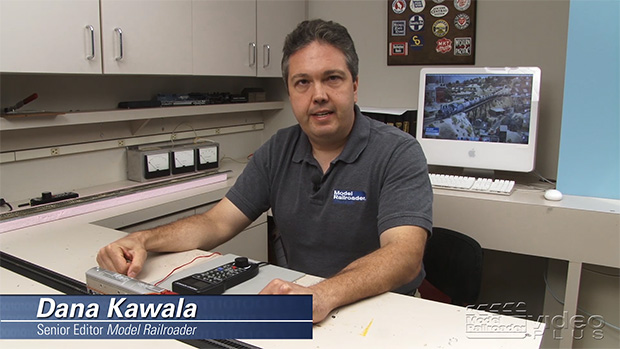
Having trouble viewing this video? Please visit our Video FAQ page DCC Programming Series host Dana Kawala demonstrates how to customize buttons on your DCC throttle to control specific functions. This option gives DCC operators the ability to shift preferred, frequently used, or hard-to-access functions to a single keystroke. Plus, you’ll also see how […]
Read More…

Having trouble viewing this video? Please visit our Video FAQ page DCC Programming Series host Dana Kawala demonstrates how to customize buttons on your DCC throttle to control specific functions. This option gives DCC operators the ability to shift preferred, frequently used, or hard-to-access functions to a single keystroke. Plus, you’ll also see […]
Read More…
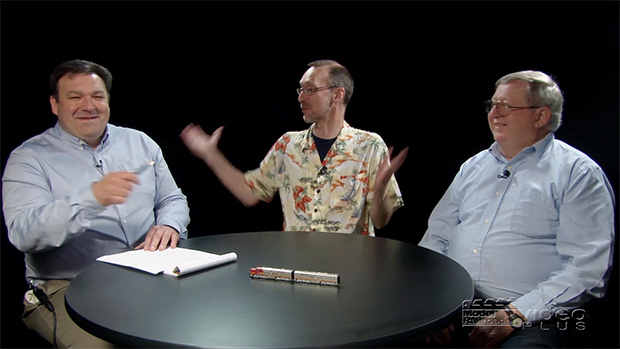
Having trouble viewing this video? Please visit our Video FAQ page Host Hal Miller welcomes former Model Railroader magazine managing editors Jim Kelly and David Popp to the table to share insights on something else they have in common — N scale model railroading. The guys talk about how they got started working with […]
Read More…

Having trouble viewing this video? Please visit our Video FAQ page Host Hal Miller welcomes former Model Railroader magazine managing editors Jim Kelly and David Popp to the table to share insights on something else they have in common — N scale model railroading. The guys talk about how they got started working with […]
Read More…
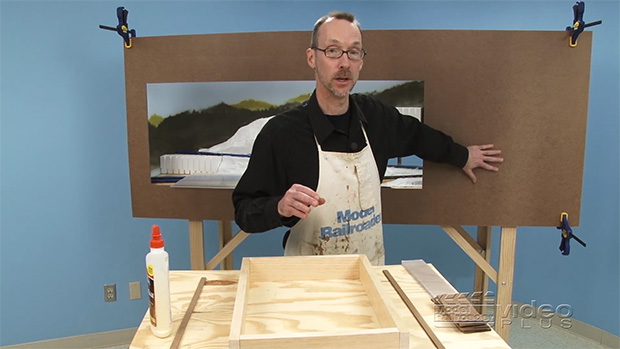
Having trouble viewing this video? Please visit our Video FAQ page Before Kent and Jenny start on the messy scenery work, David first installs the fascia and a handy display cabinet on MRVP’s On30 Olympia Logging Co. display-style layout. David gets the dust flying when he demonstrates how to make precise, clean cuts in […]
Read More…

Having trouble viewing this video? Please visit our Video FAQ page Before Kent and Jenny start on the messy scenery work, David first installs the fascia and a handy display cabinet on MRVP’s On30 Olympia Logging Co. display-style layout. David gets the dust flying when he demonstrates how to make precise, clean cuts in […]
Read More…
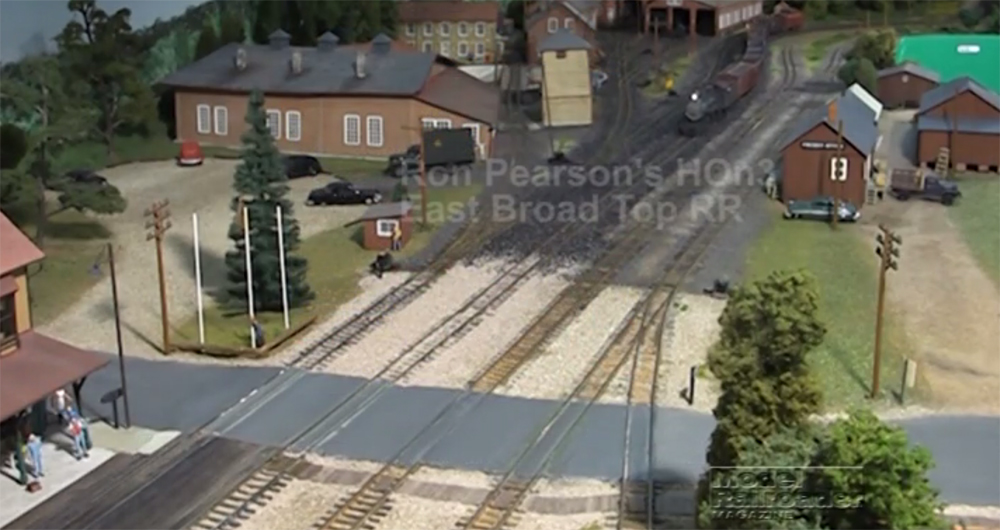
Having trouble viewing this video? Please visit our Video FAQ page Check out Ron Pearson’s East Broad Top RR. His HOn3 layout models the narrow gauge coal-hauling line in the late 1940s. […]
Read More…

Having trouble viewing this video? Please visit our Video FAQ page Check out Ron Pearson’s East Broad Top RR. His HOn3 layout models the narrow gauge coal-hauling line in the late 1940s. […]
Read More…
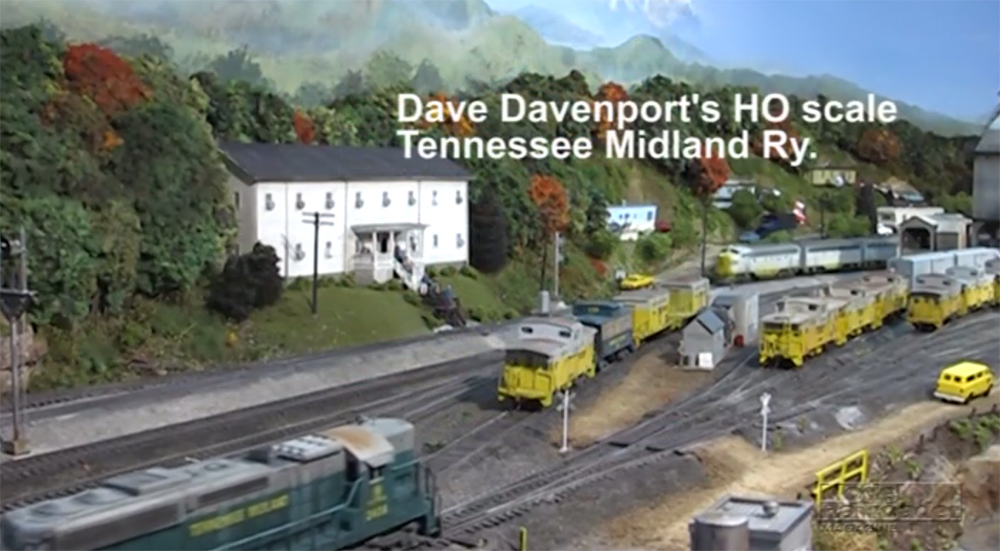
Having trouble viewing this video? Please visit our Video FAQ page Dave Davenport’s HO scale Tennessee Midland models big-time railroading through West Virginia and Tennessee in the mid-1980s. Watch diesel locomotives haul freight trains through the Appalachian scenery […]
Read More…

Having trouble viewing this video? Please visit our Video FAQ page Dave Davenport’s HO scale Tennessee Midland models big-time railroading through West Virginia and Tennessee in the mid-1980s. Watch diesel locomotives haul freight trains through the Appalachian scenery […]
Read More…
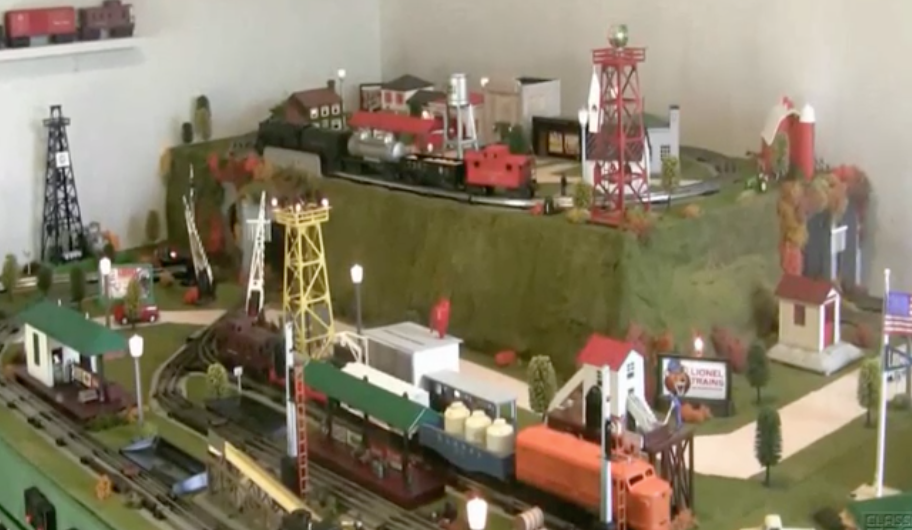
Read the entire story, only in the October 2014 issue! […]
Read More…
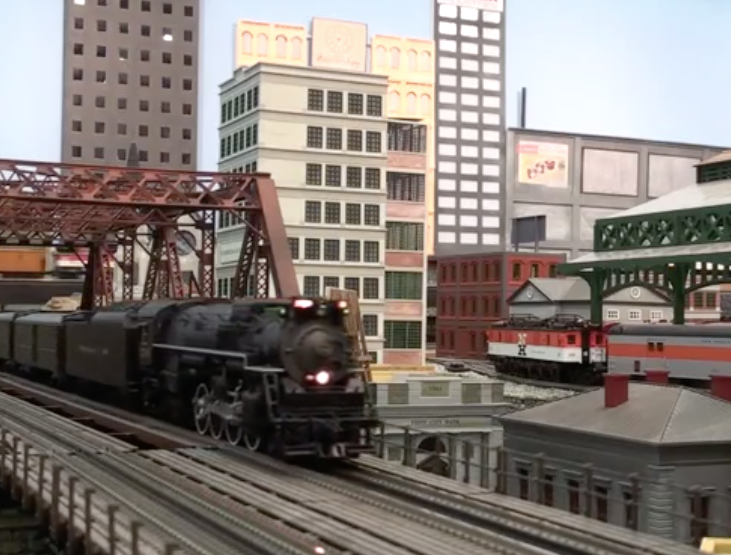
Read the entire article on Steve Nelson’s layout, only in the October 2014 issue! […]
Read More…







